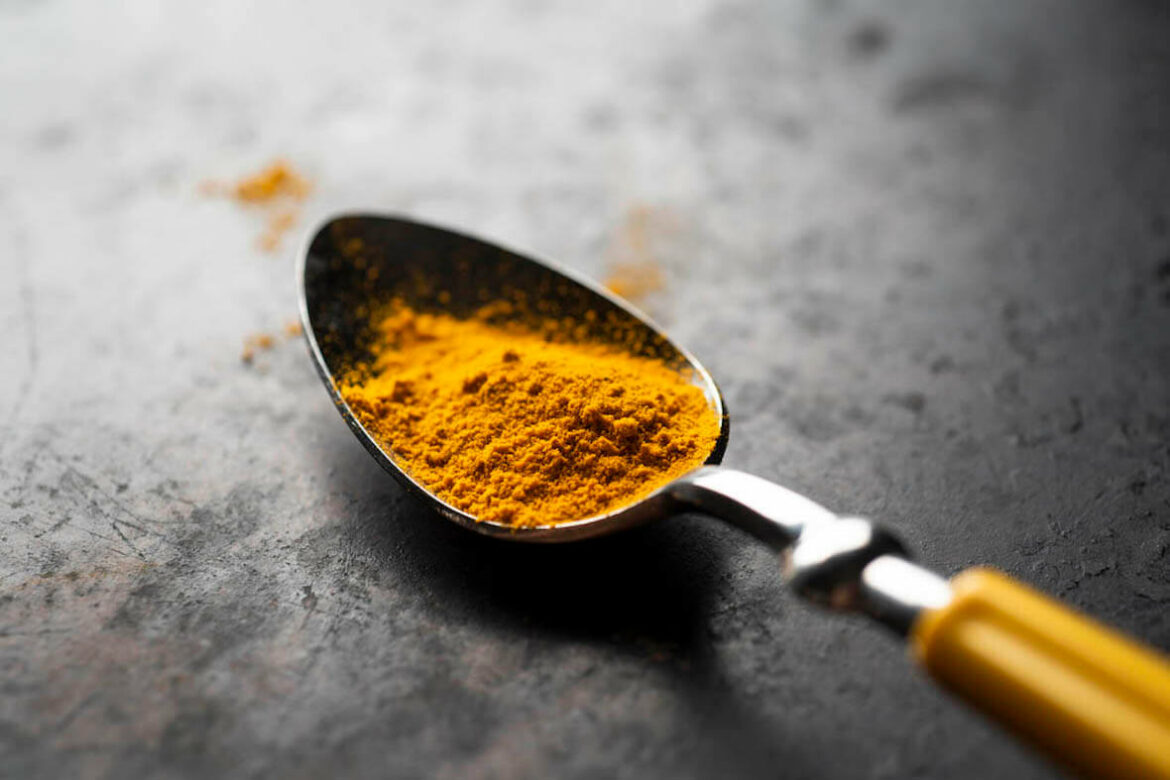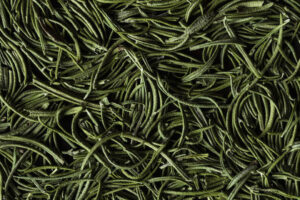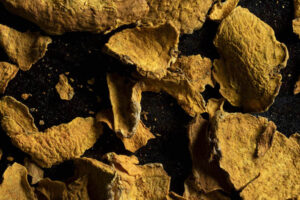
Ethan Frisch was living in Afghanistan, helping to develop infrastructure projects in a remote mountainous corner of the country, when he tasted cumin like he’d never tasted before. The wild spice, which was hand-harvested by Hindu Kush shepherds at altitudes of 12,000 feet, peppered many of the addictive pilaus and dupiazas that Frisch feasted on at roadside diners. Richly floral and packed with earthy flavor, it was as though the essence of cumin itself had been distilled into each tiny, crimped seed.
He began buying the cumin by the bagful to take with him on trips back home to New York City, where select chef friends he shared it with were just as enamored. An idea began to take root in his mind: Why not do for wild mountain cumin—and dozens of other best-of-the-best spices like it—what others have already done for coffee, chocolate and more?
“We’re so used to thinking of spices as powders in our kitchen cabinet, not something that comes from a plant grown by a farmer,” he says. “Freshness and origin aren’t things that people consider, and I don’t have a good explanation for why that is except to say because that’s the way it’s always been.”
Hoping to change that, in 2017, he launched Burlap & Barrel, a single-origin spice company based in New York City. Frisch works directly with farmers to source the freshest and most interesting local spice varietals around the world, from lip-smackingly tart cured sumac from Gaziantep, Turkey, to Egyptian desert fennel so licoricey-sweet it tastes like candy. The reception says it all: His spices, which sometimes sell out days after going on sale online, are now used in kitchens run by the likes of Daniel Humm, Danny Bowien and David Chang.
“Freshness and origin aren’t things that people consider, and I don’t have a good explanation for why that is except to say because that’s the way it’s always been.”
Founded millennia ago, the spice trade was defined by practices shrouded in secrecy, exclusivity and information asymmetries. In many ways, the industry has evolved little since then. Unlike virtually all other sectors of the food world, the fair-trade movement has somehow glossed over spices, and interesting local varietals are virtually unheard of. “Historically, the spice industry has been a disaster,” Frisch says. “It’s extremely exploitative, completely fragmented and a totally commodity-based supply chain.”

Generally, most of the world’s spices are grown on small holder farms in developing countries. Farmers sell their harvest to “a guy with a truck,” Frisch explains, who in turn sells the spices he collects to a small local warehouse, where they are mixed together and then sold on to a bigger warehouse in a larger town, which sells to an even bigger warehouse in a city—and so on, until the spices finally reach the port where they will be exported from.
Along each step, products grown by hundreds of farmers from different geographic areas are mixed together, losing any traceability or transparency. Consumers can hardly hope to know what country a spice on their local supermarket shelf came from—let alone the region in which it was grown. In some cases, spices named after a region don’t even correspond to their namesake place. Alleppey turmeric, for example, refers to turmeric with a darker color, not turmeric from Alleppey, India. It’s as though any bubbly beverage with the right off-white color could call itself Champagne.
“We as consumers don’t know where our spices come from, and likewise, farmers don’t know where their spices are going,” Frisch says. “Nor do they have any idea how they’re being used by a chef or home cook.”

Even if farmers did know, though, the process of getting their spices to market also whitewashes any signature of individuality, whether it be a certain grower’s organic techniques or an interesting local varietal. Spices are graded based on color and size rather than flavor or culinary use, resulting in nonsensical groupings. Although bigger does not necessarily mean better tasting, larger peppercorns, for example, are sorted together and assigned higher value, while cardamom—which is graded by color—is picked when it’s underripe so it stays green longer. Any flavor the spices once had is further watered down by irradiation and sterilization processes, and by time: Typically, spices are a minimum of three years old when they finally reach consumers in the U.S.
The process of getting their spices to market also whitewashes any signature of individuality, whether it be a certain grower’s organic techniques or an interesting local varietal.
The time was ripe, Frisch realized, for a different way of doing things. Having worked as a chef for Danny Meyer, among others, and also having earned a master’s in international development and worked as a logistics manager for Doctors Without Borders along the Jordanian-Syrian border, he had the unique skill set needed to pull off such a paradigm shift undertaking.
Burlap & Barrel is now one of the only comprehensive single-origin spice sourcing companies in the U.S. for products from many different countries. The company’s spices often fall outside the bounds of the commodity market—favoring rather than rejecting products labeled too wonkily shaped or oddly sized, or flavors deemed too intense to appeal to a bland American palate. “Our black pepper, for example, is really spicy,” Frisch says. “It’s for people looking for something that is more interesting than the norm.”

So far, Frisch is sourcing 40 spices—plus or minus, depending on the season—from around 150 farmers in eight countries. Building those relationships requires frequent in-person visits, honesty and open communication (WhatsApp does wonders for the latter). Early on, he sits down with the farmer, pulls out his laptop and shows them how much a jar of cinnamon or turmeric sells for at Whole Foods. Then, he walks them through his associated costs and invites them to do the same, so they can settle on a number that makes sense for everyone. “We set them up to be the direct exporters of their crops by helping register them with the FDA, figuring out logistics and bringing their spices to market in the U.S.,” says Frisch.
“Ultimately, I’m looking for someone on the other end of the line who says, ‘Screw the historical way of doing thing,’” he continues. “I want to support farmers who are expressing their skills, creativity and oftentimes many generations of experience.”
Typically, spices are a minimum of three years old when they finally reach consumers in the U.S.
Raphael Flury, Frisch’s on-the-ground source in Zanzibar, for example, manages 1001 Organic, a co-op of 27 organic farmers, according to the Swahili motto tuko pamoja (“we are together”). “My company is like a family, and with Ethan, we’re one team,” he says. “Customers like him are exactly who I’m looking for: people who appreciate the work and quality of what we’re doing, who want to meet every hand out in the field and who understand our story.”

The hand-harvested cinnamon, cloves, vanilla, nutmeg and black pepper that Flury supplies to Frisch are likely the freshest and some of the most flavorsome available in the U.S., but the process of foraging for them in the forest takes time. “I can only keep motivating the farmers to do this inefficient but very organic way of producing if we have enablers like Ethan,” he says. “It’s very important that we have a market for these specialty spices.”
Since Burlap and Barrel has only been in business 18 months, it’s hard at this stage to measure their total impact for farmers. (“But we’re in this for the long haul,” Frisch added in a recent WhatsApp thread, “so let’s talk again in 10 or 15 years.”) The market is growing, though, albeit slowly. Several companies now specialize in a single region or spice: there’s Rumi Spice for saffron from Afghanistan, for example, and Diaspora Co. for turmeric from India. Others, such as Curio Spice Co. in Cambridge, Massachusetts, whose products are sold at Foragers Market in Dumbo, are creating unique blends of sustainably sourced spices.

“I’m interested in telling stories of the farmers and environmental importance of growing food sustainably, and also of history, culture and people,” says Claire Cheney, founder of Curio Spice. “I also want to show how important it is to take these spices out of the commodity market and focus instead on seasonality, quality, ethical practices and social responsibility.”
She and Frisch are planning to launch an association of fair trade spices to spread that message and bring together people who are similarly bent on revolutionizing the spice industry. As Cheney says, “The more awareness people have around the way things are produced and the practices that are used in farming, the better.”
Featured photo credit: Liz Clayman









